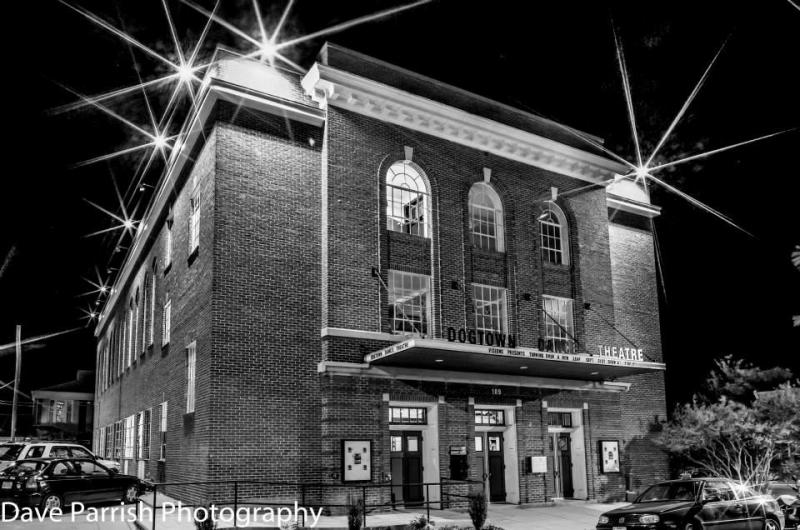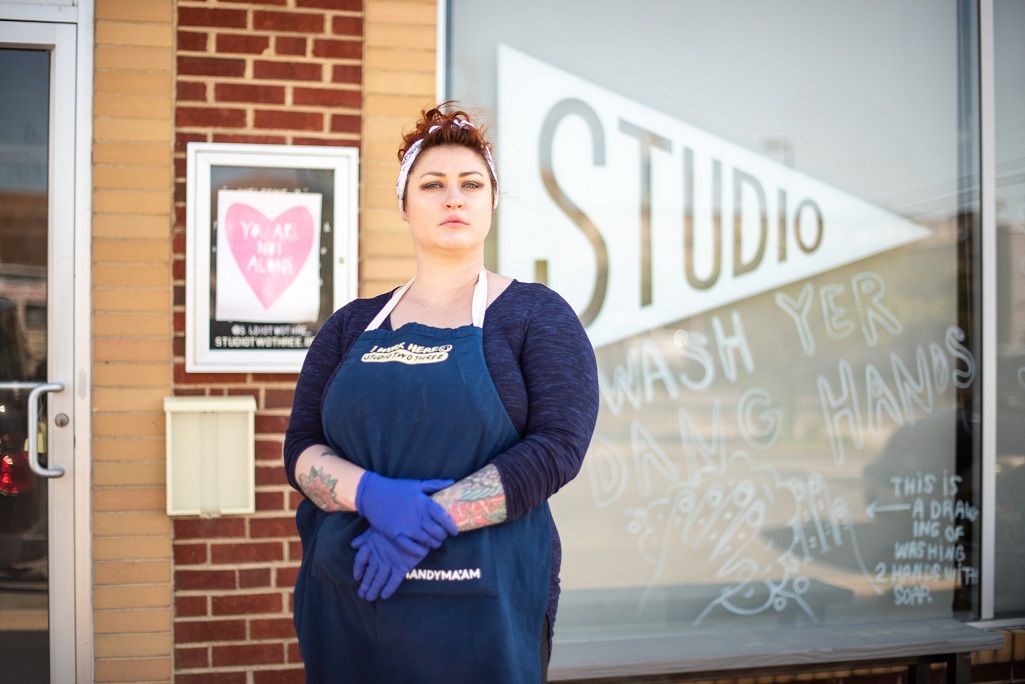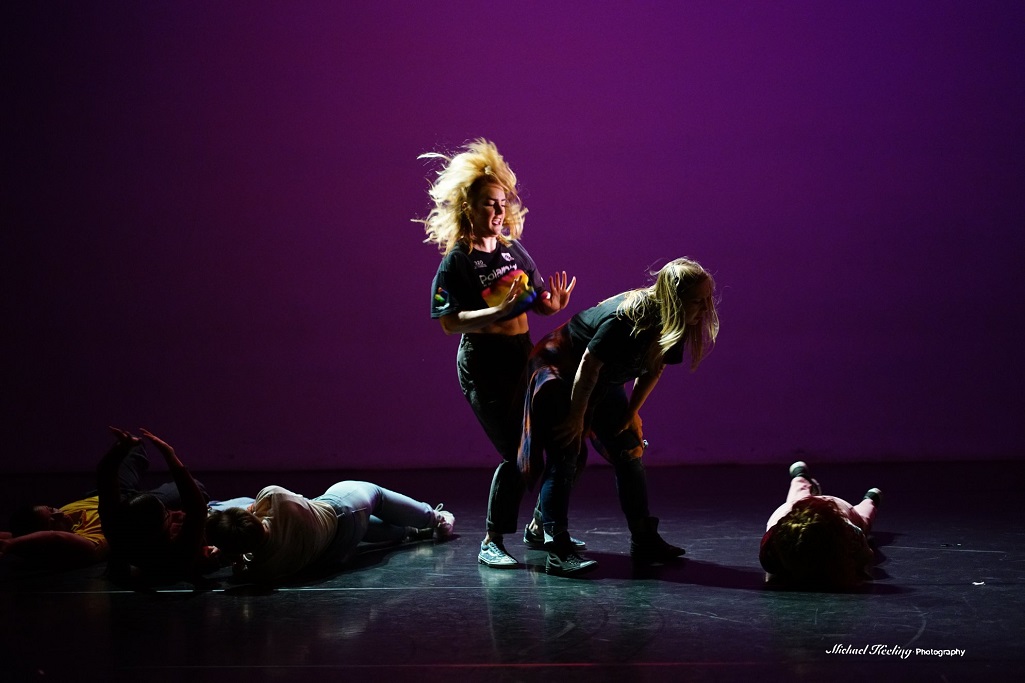For the citizens of Richmond's hidden world of salsa and bachata, opportunities for dancing and being in touch with one another is yet another casualty of the COVID-19 pandemic. Last week marked six months since the initial lockdown in Richmond due to COVID-19. These...





